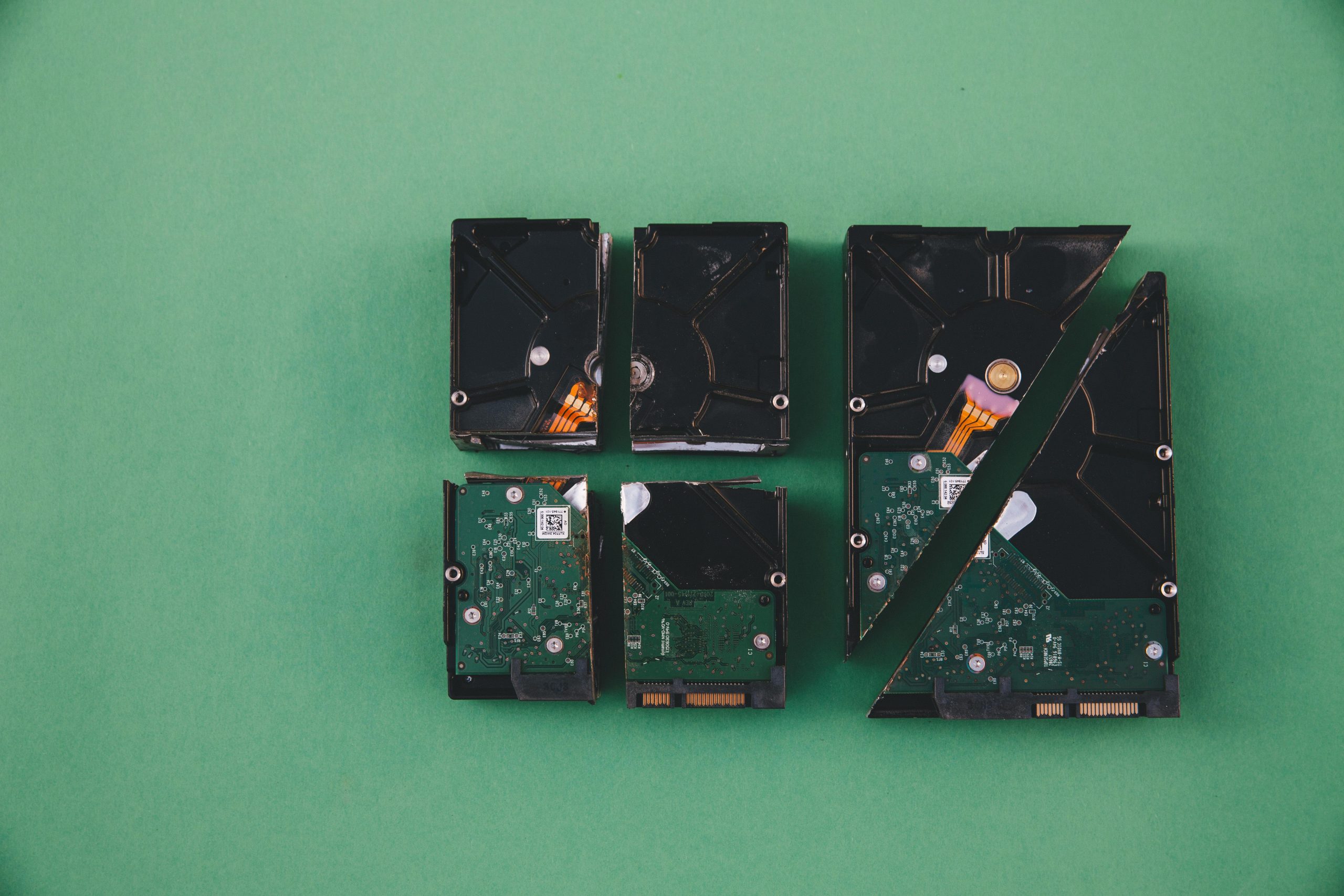Troubleshooting SSD Storage Bloat: Strategies to Free Up Space and Maintain Optimal Performance
Solid State Drives (SSDs) have revolutionized PC performance with their rapid read/write speeds and durability. However, users sometimes encounter frustrating issues where their SSD quickly becomes full, and traditional methods of freeing up space—such as uninstalling large applications—seem ineffective. If you’re experiencing persistent storage bloat where deleting considerable files barely recovers space, this guide outlines essential troubleshooting steps and best practices to diagnose and resolve the issue.
Common Causes of SSD Storage Bloat
Before diving into solutions, it’s vital to understand what might be causing your SSD to fill up rapidly:
- System and Temporary Files: Excess logs, cache files, and temp data can accumulate unnoticed.
- Hidden or System Files: Certain files or backups may reside on the drive, taking up substantial space.
- Incorrect or Ineffective Uninstallation: Some applications leave residual files even after removal.
- Redundant or Corrupted Data: Duplicate files, system restore points, or corrupted sectors can artificially inflate storage needs.
- Drive Partitioning and Usage Reports: Sometimes, reported free space doesn’t match actual usage due to file system issues.
Step-by-Step Diagnostic and Resolution Guide
1. Use Built-in Disk Cleanup Tools
Start with Windows’ native utility to identify and remove unnecessary files:
- Open Disk Cleanup by searching in the Start menu.
- Select your SSD drive.
- Review the list of files to delete, including temporary files, system cache, and delivery optimization files.
- Click Clean up system files for additional options.
- Confirm and delete selected files.
2. Check for Hidden and System Files
Use specialized tools or File Explorer settings to reveal hidden files:
- Enable viewing hidden files: Open File Explorer, go to View > Options > Change folder and search options, then select Show hidden files, folders, and drives.
- Look for unusually large folders or files, especially in system-related directories.
3. Assess Installed Applications and Residual Data
Some applications don’t fully remove their data upon uninstallation:
- Use tools like Revo Uninstaller or IObit Uninstaller to perform deeper removal.
- Manually check Program Files and AppData folders for leftover files.
4. Evaluate Disk Usage with Dedicated Tools
Employ third-party disk analyzers such as:
- **WinDirStat
Share this content:

